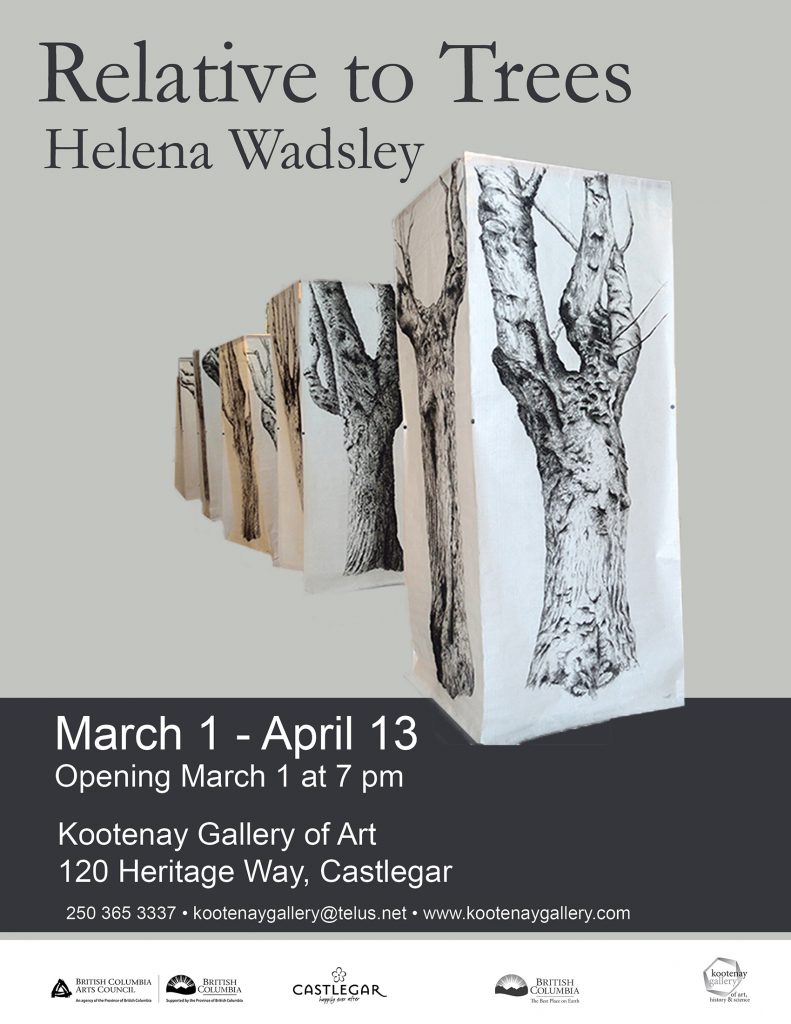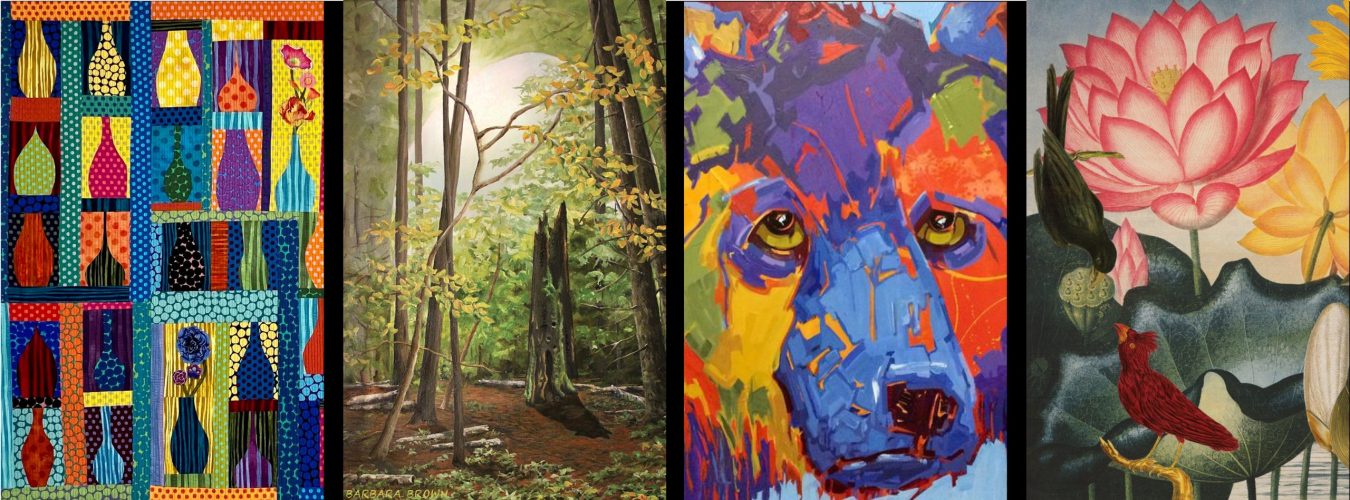
Artist Statement
Globalization is typically regarded in terms of human migration resulting through necessity or tourism, and the massive scale at which manufactured goods and foods are crisscrossing the planet, but trees may also be considered as signs of globalization. Trees have become an integral part of my art practice as I explore what it means to be, or not to be, of a place.
I became curious about the trees that line the streets of my Vancouver neighbourhood. My interest was piqued when I discovered that these sturdy, middle-aged trees were actually Norwegian maples.
Despite Canada’s identity being strongly linked with the maple tree, these trees, which are a very popular planted tree across Canada, are not actually from here, though now firmly rooted. Canada is a constructed nation, built on colonialism and migration. I had been pondering ways to convey my
feeling of not having ancestral roots in this country, nor feeling connected to the birth country of my parents. Trees became the pivotal subject for me to explore the contrast between being truly of aplace and perpetually feeling like a transplant
Maple Maple, a set of seven trees, are charcoal drawings on mulberry paper, are of the Norwegian maples in my community. Each tree is comprised of four drawings that hang from a square frame from
the ceiling. Each drawing represents a view of one side of the tree When hanging in a row, they form a colonnade to walk through and around
I headed to the Lofoten Islands of northern Norway, where I learned that the cone-bearing trees growing there were not indigenous; the reason why they are thriving as cultivated trees is because of global warming. To complement the large Norwegian maple tree drawings growing in Canada, I made small scale drawings on circular graph paper (the circles representing the Arctic circle) of evergreens growing on these northern islands.
